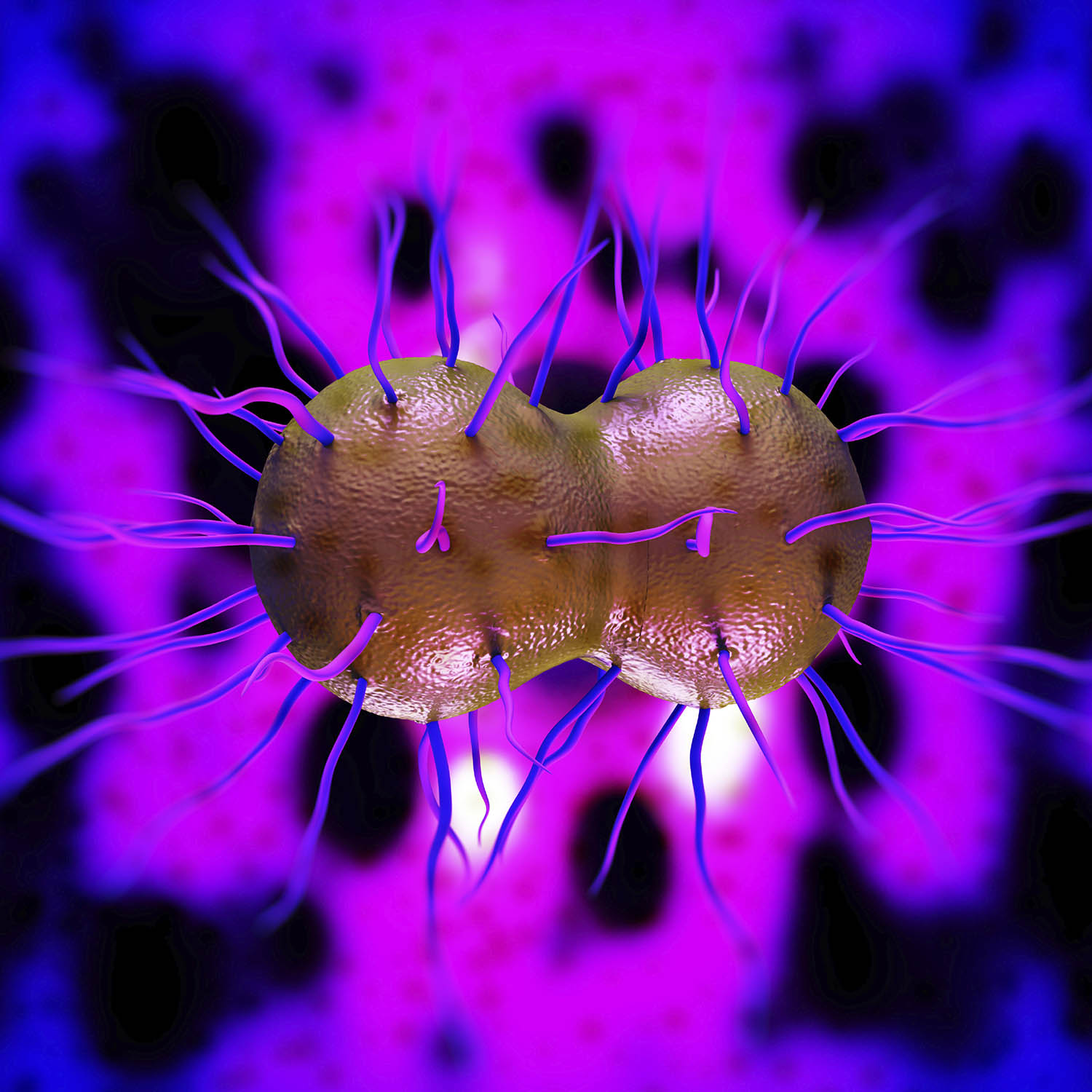
The CDC has just found cefixime, the routine antibiotic treatment used for gonorrhea is ineffective. The resistance to the treatment has doubled in the last year, and susceptibility to the drug has gone up 0.8%.

Other antibiotics have been used to treat the STD, and cefixime is one of the drugs in the secondary tier of treatment. But in 2012, the CDC recommended therapy hat combined ceftriaxone based compounds as the only one to treat gonorrhea. Increased resistance to antibiotics, which is natural as the body builds defenses against them, but between 2013 and 2014, there has been a steady decline in effectiveness that has forced the agency to pull the antibiotic as a treatment for gonorrhea.
Gonorrhea, which is transferred through unprotected sex, is common among young people between the ages of 15-24, and result in swollen testicles and painful urination in men and vaginal discharge or bleeding in women. Extreme symptoms include chronic pelvic pain, infertility and ectopic pregnancy.
Before the CDC made the announcement, the agency gathered 51,000 samples from gonorrhea patients, 97% were treated with a ceftriaxone-based mxiture. The results concluded that the treatments were largely ineffective and that some patients had the disease spread to their blood and joints. The agency urges anyone presenting new symptoms or experiencing them for an extended period of time to change to a new treatment and to seek medical attention immediately.

















